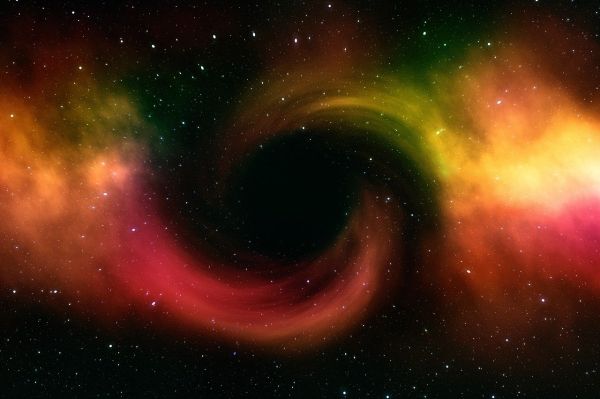Astronomers seeking to learn about the mechanisms that formed massive black holes in the early history of the Universe have gained important new clues with the discovery of 13 such black holes in dwarf galaxies less than a billion light-years from Earth.
These dwarf galaxies, more than 100 times less massive than our own Milky Way, are among the smallest galaxies known to host massive black holes. The scientists expect that the black holes in these smaller galaxies average about 400,000 times the mass of our Sun.
“We hope that studying them and their galaxies will give us insights into how similar black holes in the early Universe formed and then grew, through galactic mergers over billions of years, producing the supermassive black holes we see in larger galaxies today, with masses of many millions or billions of times that of the Sun,” said Amy Reines of Montana State University.
Reines and her colleagues used the National Science Foundation’s Karl G. Jansky Very Large Array (VLA) to make the discovery, which they are reporting at the American Astronomical Society’s meeting in Honolulu, Hawaii.
Read more at National Radio Astronomy Observatory
Photo credit: geralt via Pixabay


